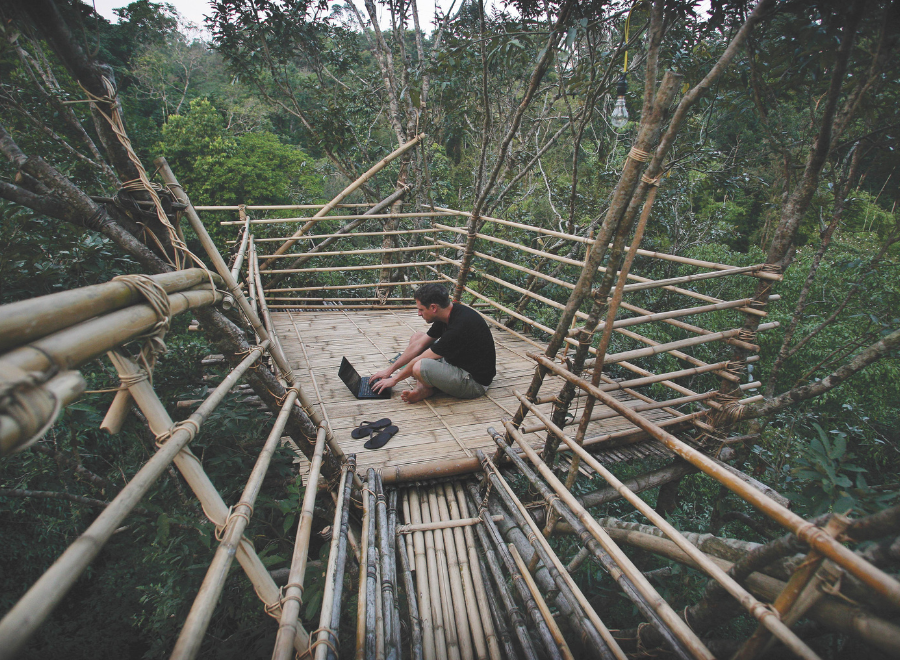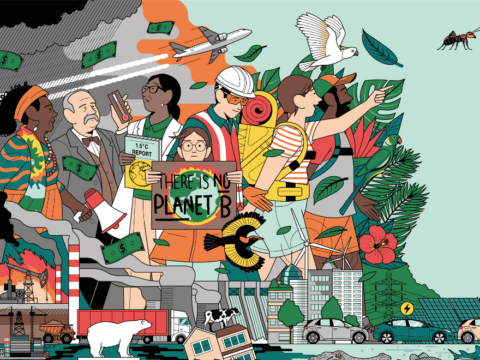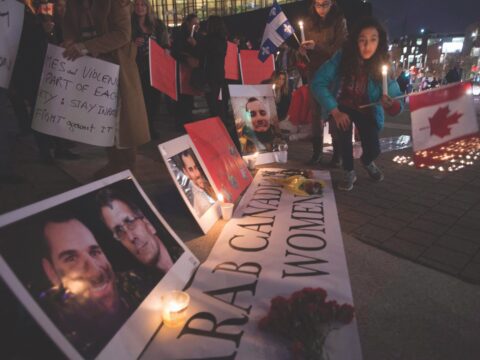It was when I landed in Borneo that I realized I could never truly get away. Usually regarded as one of the most remote and mysterious places on Earth, this giant island has, in days gone by, gotten a bit of a bad reputation — some of it undeserved — for headhunting, cannibalism and jungle so thick and dark it has been known to swallow a person whole, never to return.
While I knew going in that Kota Kinabalu, the city I was visiting on the northeastern tip of Malaysian Borneo, is an urban, modern place, I nonetheless descended the steps from the plane with visions of blow darts and roving packs of orangutans playing in my head.
And while I would actually see and experience these things during my stay, my conception of this place — and its ability to take me away from it all — was permanently changed after I collected my bag and met my driver for the transfer to the hotel. Once we were rolling in his late-model Toyota sedan, he looked back at me and said, “Sir, we have WiFi.”
My response was rather uninspired. “What?”
To which he replied, “In the car, sir. WiFi. In the car. Sir.”
And sure enough, there was WiFi in the car. So I scrolled through my news feed on Facebook and checked my e-mail and sent a tweet and read a bit of the New Yorker. Online. In the car. In Borneo.
In an age of social media and globally unlocked cellphones, really, truly getting away from it all is an increasingly difficult prospect. While in years past, simple distance was often enough to allow a traveller some respite from the demands and distractions of home, these days the lines of communication can seem utterly inescapable. I should know — as a travel writer, I have visited 79 countries on six continents and have sent e-mails, posted Facebook messages and made Skype calls from every single one.
Take, for example, my last trip to India. After spending several days walking the steaming streets of Mumbai and New Delhi, I flew to the state of Madhya Pradesh in the central part of the subcontinent. I had come to visit Bandhavgarh National Park, an arid, mountainous wildlife refuge that’s home to about 65 royal Bengal tigers, a staggering number when you consider the fact that as few as 3,200 of these beautiful cats (of any stripe) remain in the wild anywhere in the world.
Again riding in the back of a car, this one supplied by the safari lodge, I made my way for some six hours from the tiny airport at Khajuraho, a city famous for its exquisite Kama Sutra sculptures, past tumbledown villages, bicycle rickshaws, bony herds of cattle and women in brilliant saris carrying tall clay vessels of water atop their heads. I had purchased an inexpensive SIM card back in Mumbai and activated it in the unlocked cellphone I carry with me on every international trip.
As the sun set and we rolled into the heart of tiger country, I made a call home to my parents back in Peterborough, Ont. Their voices crisp and clear as a bell, they chatted about daily life and winter routines. The juxtaposition seemed almost surreal to me — here I was, in the heart of India, chatting with my folks about my father’s curling games and my mother’s hair appointments while outside my window, men squatted around cooking fires and tigers lurked in the shadows.
And while connecting with family is in many ways a luxury — a high-tech convenience unavailable to travellers from previous generations — the reality is that such technology can also serve as an unwelcome distraction.
Last year, for example, I had the opportunity to cruise the Amazon. Flying to Iquitos, Peru, the largest city in the world unconnected by road to the outside world, I boarded a small river ship at the nearby port town of Nauta. For the next several days, we traversed some of the most far-flung territory in the world, hiking through dense rainforest and taking side excursions in shallow boats to fish for piranha, play volleyball on sandbars in the middle of the river and even swim with the pink freshwater dolphins that make this mighty waterway their home.
Travelling on a small ship with just a couple of dozen passengers had created a certain camaraderie. We were a handful of modern travellers surrounded by a vast, untamed wilderness. But all of that changed the moment we cruised by a larger town — the first we’d seen in days that was equipped with a cellular phone tower. Conversations broke off, card games ceased and the outside world made a rude intrusion into life on the boat. Immediately, the community that had reigned on board was irreparably broken, as people retreated to the far corners of the deck to send text messages and e-mails, and to call back to the office.
Things got worse for me the next day when we docked, and I flew from the Amazon to the high Andes, landing in the city of Arequipa and then driving over a soaring 5,000-metre pass into the Colca Valley, a breathtaking gorge with steep sides exquisitely terraced into arable plots by a pre-Incan civilization.
Upon arriving there, rather than hiking into the mountains among the alpaca and llama that surrounded the resort or indulging in a dip in the nearby hot spring, I instead huddled in my posh casita and took advantage of the first WiFi connection I’d had in days. My next few hours were filled with frustrations as I tried to upload photos over the maddeningly slow connection, attempted Skype calls that were too fuzzy to be useful, and responded to the e-mails that had accumulated.
With these experiences at the fore of my mind, I have determined that distance alone is no longer enough — that getting away is no longer a matter of simply getting away. When you can make Skype calls from the former palace of the maharaja in the far reaches of Rajasthan or update your Facebook status from a restaurant on stilts over the Mekong River in Vietnam, as I have done, gaining a retreat from everyday life is less a matter of actually retreating and more a state of mind.
I have decided to be intentional about being disconnected. In my line of work, being truly cut off for extended periods of time is not an option, but I have learned that just because a connection is available doesn’t mean I have to use it. I take evenings off, leaving my laptop folded and unplugged in the corner. More and more, I opt for the hike and the hot springs over uploading photos and tweeting.
The same lesson can be applied to everyday life back in Canada. We live in a time and a place that’s saturated by technology, and we are increasingly a distracted people, texting with one hand while using the other to cook or play with our kids. Just as I’ve learned to turn off and tune out in the far corners of the Earth, we need to do the same — to be here now, to give our undivided attention to things that truly matter, to focus on the activity before us and nothing else.
We have to decide to disconnect — for hours, days or even weeks at a stretch. And the sooner and more often we do that, the better.
Tim Johnson is a travel writer based in Toronto.
***
This story first appeared in The United Church Observer’s May 2013 issue with the title “Remote connection.”














